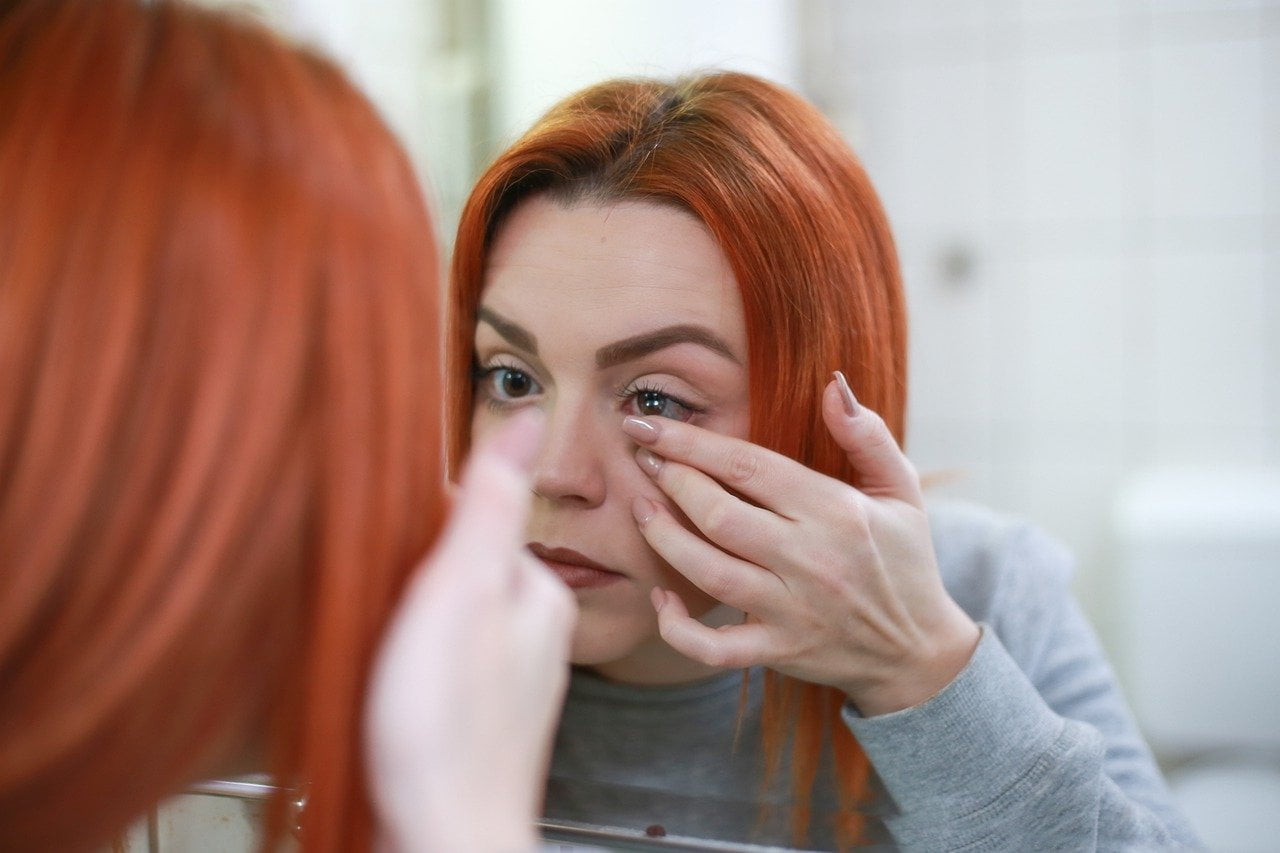It is estimated that approximately 75% of all adults wear some sort of corrective eyewear, whether that is glasses or contact lenses. While this isn’t an exact figure and doesn’t consider whether the need for lenses is for specific tasks like reading or driving, or general everyday wear, it goes some way to demonstrating the size of the market and expressing the demand for the high-quality products.
Q2 2020 hedge fund letters, conferences and more
In the modern world, vision is a highly prized asset. Imagine navigating the many screens of the home and workplace when everything is a blur. Very few people live within walking distance of their offices, shops and leisure venues, so being able to drive or confidently access public transport is vital, and both rely on being able to clearly see where you are going.
Contact Lenses Gaining Popularity
Statistics show that glasses are still the preferred mode of vision correction, although contact lenses are gaining popularity, especially amongst the younger generations. More than 10% of wearers opt for the ease of lenses, either in conjunction with glasses or completely on their own. Not having to worry about an external solution can make all the difference to your day, especially if you’re active and involved in pursuits where losing/breaking your glasses could cause you real problems.
Contact lenses are available in different styles that can be worn comfortably for varying lengths of time, from dailies to monthlies. You can even get them tinted for a bit of a fashion statement! Contact lenses are also available to buy in bulk, from trusted retailers like GlassesUSA.com, so you never need to panic about breaking or misplacing them, because you’ll always have spares.
Contact lens technology is constantly evolving, and one area which is being intensely focused on right now is smart lenses. Imagine not needing to keep turning to your phone for information, instead being able to read your emails, the news, and even walking directions, all displayed directly onto the surface of your lens! It sounds like science fiction, but it is close to become a reality, with several companies already trialling prototypes.
While previous ventures into smart eyewear – like Google Glasses – failed to take off, there is a real hope that smart contact lenses will be received differently. They won’t involve bulky and unfashionable apparatus, in fact people won’t even be able to tell that you are wearing them, exactly like normal contact lenses.
Google did try to venture into smart eyewear by introducing Google Glasses, however the launch failed to take off.
Applications Of Smart Contact Lenses
There are multiple applications as well. One function that is being researched into is using smart contact lenses for medical reasons. They can detect the glucose levels in tears, thus alerting diabetic users when their levels are low. Early designs were abandoned because of the difference between tear and blood glucose levels, but further advances in medical technology have enabled new companies to pick them up again. Smart contact lenses are also being developed as drug delivery systems to replace eye drops. If you’ve ever had to administer drops, either to yourself or someone else, you’ll know it can be a tricky procedure which often leaves the eye feeling sore and irritated. Having medicine dispensed continuously by contacts which are worn for the duration of the treatment would overcome these issues and could become a lifesaver for people with long-term conditions like glaucoma and dry eyes. Trials on human patients are imminent, which could soon bring good news for sufferers.
Smart contact lenses could benefit the health service in many ways with trails starting for contacts to help dispense medication to the user.
People wear lenses to correct all kinds of visual impairments, and smart lenses could be designed to help correct these by auto-focusing, blocking blue light from screens which can damage the retina, and augmenting low light levels. Many people struggle to see in the dark, rendering them unable to drive at night. Lenses which correct this do so by enhancing the images, increasing contrast, and magnifying details. They work in a similar way to adjusting the settings on your television to get a clearer picture – if you wouldn’t watch a film in low definition, imagine how disheartening it can be to see the entire world that way, and what a game changer these lenses could be.
Smart lenses are still very much in the trial stages, but it’s not unreasonable to expect to see them on the shelves within the next decade. At the moment manufacturers are focusing on making them available to people who need them to correct vision, but there’s no reason why they won’t eventually be available to everyone. With downloadable apps which can link to the lenses from your smartphone, they could open up the way we interact with everything in our daily lives. Imagine being able to walk down the street and instantly access details about the world around you, from building history to restaurant menus, all in the blink of an eye.






